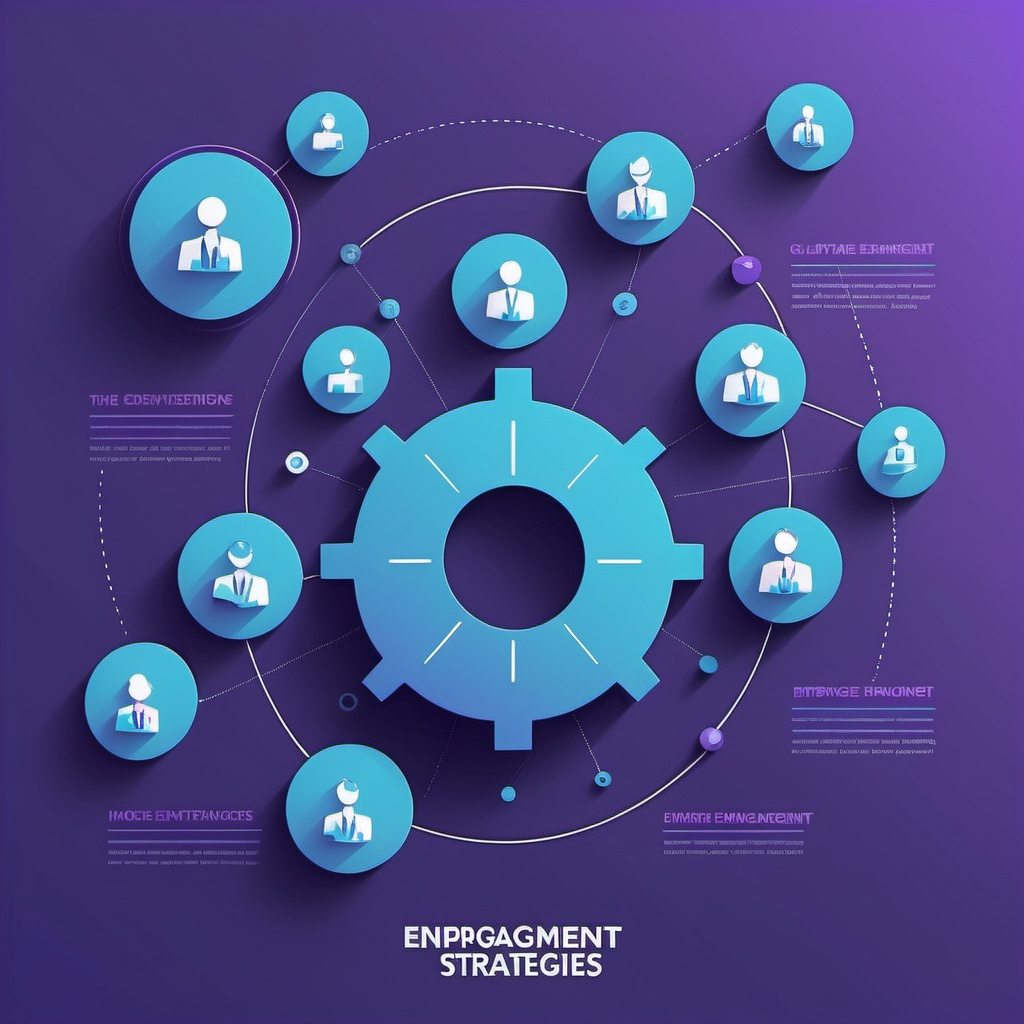Employee Engagement: Transforming Team Dynamics in the Remote Work Era
The shift to remote work has brought numerous challenges and opportunities for businesses worldwide, significantly affecting employee engagement. While remote work offers flexibility and eliminates daily commutes, it also requires adjustments in how teams communicate and collaborate. This blog post examines the impact of remote work on employee engagement, highlighting both the positive influences and the challenges that need to be managed.
Employee Engagement: Enhancing Flexibility and Autonomy
Remote work inherently offers employees greater flexibility and autonomy over their work schedules and environments. This level of autonomy often leads to an increase in job satisfaction as employees can balance their work and personal life more effectively. Being able to work from a preferred location without the stress of commuting enhances their work-life balance, which is a crucial factor in boosting employee engagement. For many, this flexibility results in a more personalized work experience that can lead to higher productivity and greater overall happiness at work.
Employee Engagement: Challenges of Isolation and Communication
Despite the benefits, remote work can also pose significant challenges to employee engagement, particularly through isolation and lack of face-to-face communication. The physical distance between team members can lead to feelings of isolation and disconnection from the company’s culture. These feelings can be particularly acute for employees who thrive on interpersonal interactions that are more readily available in an office setting. To counteract these effects, companies must invest in virtual communication tools and team-building activities that help maintain a sense of community and keep remote employees engaged.
Need for Effective Virtual Management
The role of management is pivotal in navigating the challenges of remote work to maintain or enhance employee engagement. Effective virtual leadership involves more than managing tasks; it requires maintaining team cohesion and an inclusive culture through regular video meetings, virtual coffee breaks, and social events. Managers must also be more intentional about checking in on both the professional progress and the personal well-being of their teams. Providing consistent feedback and recognition is also vital to keeping remote employees visibly integrated within their teams.

Employee Engagement: Leveraging Technology for Collaboration
Technology plays a critical role in facilitating effective remote work and by extension, enhancing employee engagement. Utilizing the right tools for communication and collaboration can significantly ease the transition to remote work. Tools that support project management, real-time communication, and cloud-based collaboration are essential for keeping remote employees engaged. These tools not only help in maintaining productivity but also ensure that all team members feel involved and valued.
Employee Engagement: Continuous Learning and Development
Remote work environments must also support continuous learning and professional development to keep employees engaged. Offering remote learning opportunities and virtual training can help employees continue to develop their skills and grow professionally despite not being in a physical office environment. This not only helps in personal development but also ensures that employees remain engaged and committed to their roles and the organization.
Conclusion
The impact of remote work on employee engagement is multifaceted, offering both opportunities for enhanced job satisfaction and challenges related to isolation and communication. By addressing these challenges head-on through strategic use of technology, effective management, and supportive policies, organizations can harness the benefits of remote work while maintaining or even improving employee engagement. As remote work continues to evolve, so too must the strategies to keep remote employees motivated, connected, and engaged.
Explore powerful tools and techniques that can elevate your employee engagement strategies to new heights by checking out our post, “Employee Engagement: Powerful Tools and Techniques for Success.”









